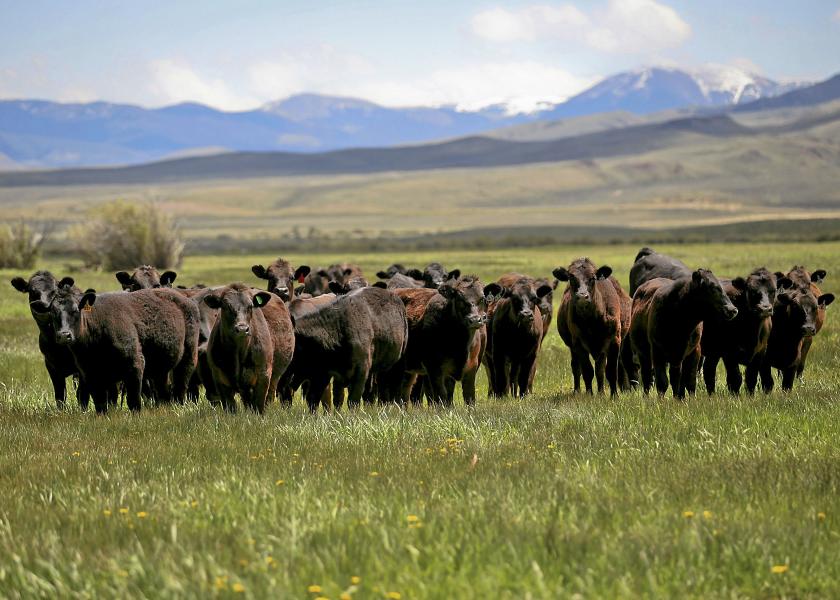A Beef Improvement Road Trip

“The market signals are clear for weights – everyone gets paid by weight throughout the beef value chain and it’s obvious the value of the genetic gain,” explained Dr. Peter Amer, AbacusBio Limited managing director. Amer gave his presentation titled “Precision Breeding Opportunities in an Evolving Breeding Objective Landscape” during the 2023 Beef Improvement Federation (BIF) Symposium July 4, in Calgary, Alberta, Canada.
Amer described beef improvement as a road trip that deserves reflection. Looking back at the ground that has been covered in the past, seeing where we are now and facing forward for potential forks in the road ahead.
Where have we been?
Genetic gain has brought forth increased weaning weights, yearling weights and mature cow weights, while simultaneously decreasing birth weights. The value of growth rate can be seen by the cow-calf producer, feedlot and beef packer. A larger calf at weaning results in more pounds sold for the cow-calf producer, heavier, faster-gaining calves results in increased efficiency and fewer days on feed in the feedlot, and less labor, transport, and infrastructure requirements for the beef packer as they are processing fewer carcasses as the hot carcass weight continues to increase.
“The biggest gains from the trend of growth rate probably occur in the feedlot. The efficiency of average daily gain, a faster-growing animal creates more beef relative to the maintenance energy that is required,” Amer said. “You get big improvements in efficiency through fast growth, and then you get savings through fewer days on feed.”
Where are we now?
The beef industry has realized the value of genetic gain and continues to breed for increases in weights while also considering the current demands of the industry. The current genetic focuses are marbling, heifer pregnancy, stayability and feed efficiency. Marbling continues to drive the genetic focus of the industry as it is the key to receiving more value for beef sold at the end of the value chain. Heifer pregnancy and stayability are newer, yet important focuses to increases the longevity of the cowherd. Feed efficiency is important at each sector of the value chain as it increases efficiency, reduces methane emissions, and improves the bottom line.
Where are we headed?
The future of the beef industry looks towards wearable technology and new sustainability indexes. Wearable technologies have become popular in the dairy industry as a way to collect data in real time and has started to show an increase in adoption within the beef industry. Sustainability indexes are a breeding tool for a greener future.
“We need more production to feed a growing world and we need to do that more efficiently,” Amer explained. “We want less emissions intensity so less methane per unit of product.”
Amer concluded his presentation with a discussion of extensive and intensive low-emissions beef systems. Extensive beef systems require moderate-sized, fertile, functional cows, whereas intensive beef systems feed methane-reducing supplements.
To watch Amer’s full presentation, visit https://youtu.be/u6Ybl548T1E. For more information about this year’s Symposium and the Beef Improvement Federation, including additional presentations and award winners, visit BIFSymposium.com.







